Historic Florida Forts

Glowimages/Getty Images
The very modern revelry of Duval Street is right around the corner, but you can almost feel the ghosts of the Civil War and Spanish-American War during a tour of this Key West fort. Locals refer to the beach here as Fort Zach -- it’s the island’s finest stretch of sand and the best place to snorkel. Named after US President Zachary Taylor, the fort, finished in 1866, was originally surrounded by water on all sides (a walkway linked it to the mainland). During the Civil War, it was the headquarters for a US Navy East Coast blockage squadron that prevented many supply ships from accessing Confederate ports in the Gulf of Mexico. Excavations here have uncovered Civil War weaponry.

Xuan Che/Moment Open/Getty Images
Some 70 miles (by boat or seaplane) west of Key West, Dry Tortugas National Park is composed mostly of water and coral reefs. The biggest lure on land here is Ft. Jefferson, a 19th-century fort that’s the biggest coastal fort from that era in the US and occupies most of a small key called Garden Island. Built from some 16 million bricks, the fort was a military prison for captured deserters during the Civil War. Today, you can walk atop the grassy fort roof for stunning ocean views and snorkel in the clear waters below.

Therese McKeon/iStock/Getty Images
Built by the Spanish between 1672 and 1695 out of coral stone called coquina, the Castillo de San Marcos is the oldest masonry fort in the United States. Originally a strategic military post used by the Spanish to defend their New World territory, the fort has flown many banners, including the British, Confederate and the US flags. Never conquered, the fort was renamed Fort Marion after Spain ceded Florida to the US in 1821. Today, with its beautiful waterfront setting, it’s a prime place for a picnic and one of the best spots in Florida to see the Fourth of July fireworks.

Ron Chapple Stock/Getty Images
Authentic mid-19th-century furnishings and first-hand accounts of Union life take you back to 1864 at this Civil War-era fort near the Florida/Georgia border. While both Confederate and Union troops were stationed at Fort Clinch during the Civil War and volunteer soldiers camped out here during the Spanish-American war, no battles were actually fought onsite. During regular re-enactments, people dressed in period costumes bring to life the harsh realities of military life during the Civil War with tours through the former barracks (reputedly haunted by a woman carrying a lantern). The state park here has campsites, a fishing pier and a beautiful beach buffered by dunes and with nary a condominium or high-rise in sight.

Wilsilver77/iStock/Getty Images
The biggest of 4 forts built to protect the Pensacola harbor and navy yard after Florida became US territory in 1821, Fort Pickens also has the distinction of being one of only 4 forts in the South that Confederate forces never managed to gain control of during the Civil War. Situated in the Gulf Islands National Seashore, the fort dates to 1829 and was named after Revolutionary War hero Major General Andrew Pickens of South Carolina. When Fort Sumter in South Carolina surrendered in 1861, Fort Pickens was reinforced and managed to prevent Confederate troops from gaining access to Pensacola Bay and the navy yard. Concrete gun batteries in the middle of the fort were built to address naval gunfire. But today’s peaceful area pursuits are of the fishing, sunbathing and beachcombing variety.

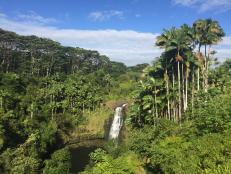
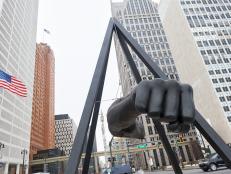


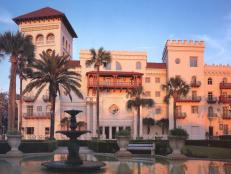
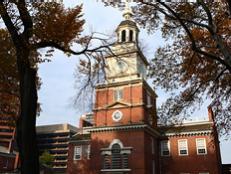


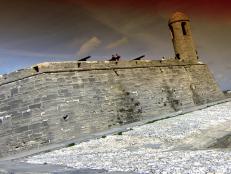
















.jpg.rend.hgtvcom.231.174.suffix/1674758726773.jpeg)











